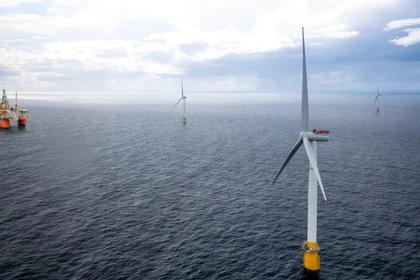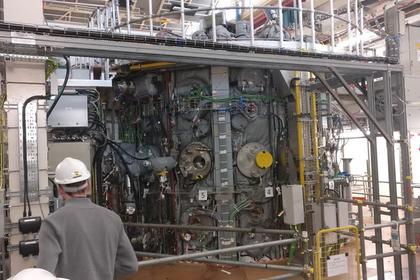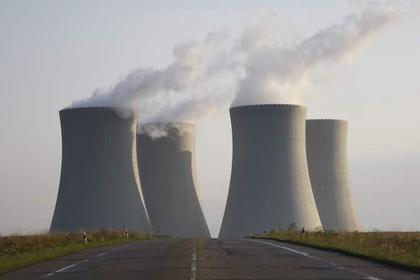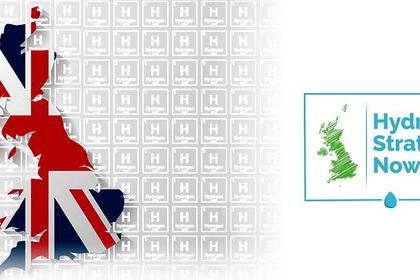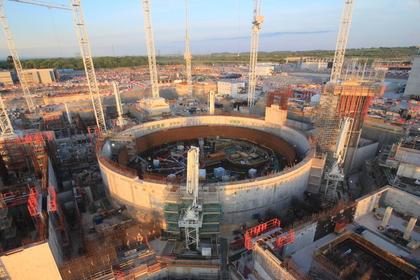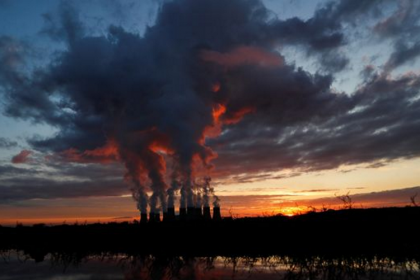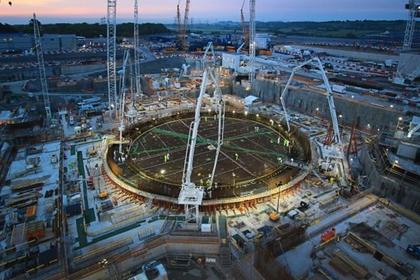
BRITAIN'S NUCLEAR POWER STRATEGY
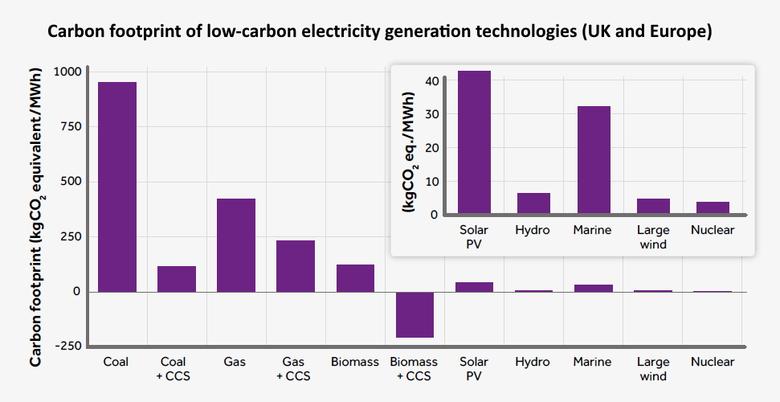
Nuclear energy for net zero: a strategy for action
Authors: William Bodel
Gregg Butler
Juan Matthews
Director: Francis Livens
Published: June 2021
Executive summary
This paper sets out to examine the possible roles for nuclear energy in a ‘level playing field’ approach to net zero by 2050, making use of the various mechanisms on an overall best economics basis, with an objective, welldeveloped
economic assessment system.
It is therefore essential that the potential roles for nuclear energy are set out and assessed clearly, recognising that they will not be adopted unless they are part of an optimum solution. It is also essential that similarly objective assessment mechanisms are applied to alternative decarbonisation options.
The roles of nuclear energy to provide firm power, district heating and high temperature heat are discussed. The various estimates which have been made of nuclear’s role in meeting net zero by 2050 are examined, revealing a broad range of assumptions, which are mainly limited to the provision of firm power. In particular, few studies examine high temperature nuclear heat for hydrogen production or other uses in industrial processes. The energy white paper
envisages a demonstration of high temperature nuclear heat in the UK, and the review of this area concludes (in
agreement with the recommendation from the Nuclear Innovation and Research Advisory Board; NIRAB) that the
High Temperature Gas-cooled Reactor (HTGR) should be the key technology, with rapid assessment and development
of hydrogen manufacturing techniques also required. Such a demonstrator could match a 2030 timescale, but is already
on the critical path, so rapid progress is required.
Recommendation one: The state of development of UK and world AMR technology affirms that the demonstration reactor mentioned in the energy white paper should feature HTGR technology, with major consideration also paid to demonstrating hydrogen generation using nuclear heat.
Possible paths to an HTGR/hydrogen demonstrator are examined, with the key conclusion that a suitable body should urgently be set up to pursue this course, with valid parallels identified to the model currently being employed for progressing a fusion power demonstrator.
Recommendation two: The task of specifying, developing and pursuing the path to a UK-based HTGR demonstrator should be given to a suitable body that is equipped and empowered to deliver the HTGR project. This would include directing all R&D necessary to define an optimum route, monitoring whether and how these optima change as studies progress, and re-optimising programmes accordingly.
The HTGR generally uses a once-through fuel cycle, for which existing uranium resources should prove adequate for at least the rest of the century. However, future developments could render closed cycles economic, and could transform the UK’s current depleted uranium and spent fuel stocks into a valuable resource capable of providing the UK’s energy for almost 1,000 years. Within this context, the UK should keep open the option of developing a closed fuel cycle and should remain at the forefront of R&D in this area to track future developments. This work will also provide the essential knowledge to assess proposals from reactor/fuel cycle vendors.
Recommendation three: R&D into closed fuel cycles should be continued to allow the UK to track developments
in these systems and to gauge whether, or when, such systems will find a place in the UK energy market.
Following this, the UK will need a viable system for assessing potential future systems, especially as many current closedcycle proposals by private sector reactor vendors involve many of the fuel cycle/waste elements being assumed as ‘obviously achievable’ – often without much evidence.
Recommendation four: An ongoing UK view of the developments in AMR systems should be maintained and led by a body unconflicted by claims and lobbying by any particular system proposer. The Generic Feasibility Assessment has provided an example of a platform that could host this task, but a suitably ‘interest-free’ organisation would need to be set up with exemplary peer review.
The siting of reactors and fuel cycle plants will also be important, especially with proposals to site SMRs close to population centres, high-temperature heat reactors adjacent to hydrogen manufacturing plants or other chemical users, and proposals such as the ‘Gigafactory’ with very high thermal capacity on a single site.
The current UK position on HTGR development points conclusively to the need for international teaming if an HTGR demonstration reactor is to operate by 2030 in the UK. The various international programmes in the HTGR field are reviewed, and recommendations to government in this area would be an urgent task for the body recommended to be set up in recommendation two.
Such significant steps must signal the need for the government to access informed and objective advice on the status of AMRs. A recent exemplar has been NIRAB, whose recommendations clearly informed the government’s approach to the energy white paper.
Recommendation five: A suitable broadly-based advisory body should be engaged to offer advice to government on the forward nuclear programme. This could be NIRAB, or a successor, but NIRAB would appear to have established the possible extent and value of such advice.
The level of transparency inferred by recommendation four points to the need for organisation within government to provide a platform for the properties and possibilities of all contributing vectors, and methods of weighting them to be discussed, if not agreed upon. It should be possible for bodies making major assessments of net zero futures to examine a range of nuclear possibilities and how these might underlay government policy as exemplified in the energy white paper. At present, the Climate Change Committee envisages a much more limited role for nuclear and it might be appropriate for such an important advisory body to undertake a wider examination of the subject.
Recommendation six: The Climate Change Committee should explore, with suitable assistance, the possibilities of a wider role for nuclear in the net zero path.
As inferred by earlier recommendations, the level playing field to net zero 2050 envisaged by this report requires an objective assessment of progress and possibilities. Crucially, this requires non-partisan modelling of the economic path being plotted and the consequences of different approaches. The UK’s expertise in such modelling is certainly adequate and could become crucial in plotting the path to net zero by 2050. Much of the modelling examined has been by the Energy Systems Catapult, though there are other centres of expertise.
Recommendation seven: The Energy Systems Catapult should, with assistance from other modelling expertise, set up and run transparent level playing field models to monitor economic developments. This will motivate improvements and detect unrealistic optimism.
These modelling assessments must include all energy vectors and holistic solutions. For nuclear at least, there is a need for a better method to assess, or examine the assessments of the economics of various systems, as there are many examples of proposed systems which produce ‘the right answer’ in terms of electricity or hydrogen cost, but often offer little supporting evidence.
Much of the range of opinions on nuclear energy is driven by differing value-sets between environmental and socioeconomic views of the world – with a spectrum of views on the magnitude, likelihood and importance of a benefit or disbenefit. Fortunately, there is evidence that groups of stakeholders can, given time and expert mediation, reach agreement on the facts, while remaining at variance on the importance to be attributed to those facts. This does, however, require an open and peer-reviewed assessment of the benefits and disbenefits of any system, be it: the radiation doses from nuclear energy; the carbon intensity of Carbon Capture and Storage; or the resource needs of batteries or solar power.
Recommendation eight: A platform such as that recommended for nuclear energy in recommendation four should be established for all energy sources present in the net zero path, to give a clear and unbiased view of the current status of net zero.
The examination of sustainability reveals a variety of assessment methodologies, many of which are not easy to explain outside of highly specialist fora. These complexities are discussed, and the lack of an agreed balancing methodology permeates this and other sections of the report.
-----
Earlier:
